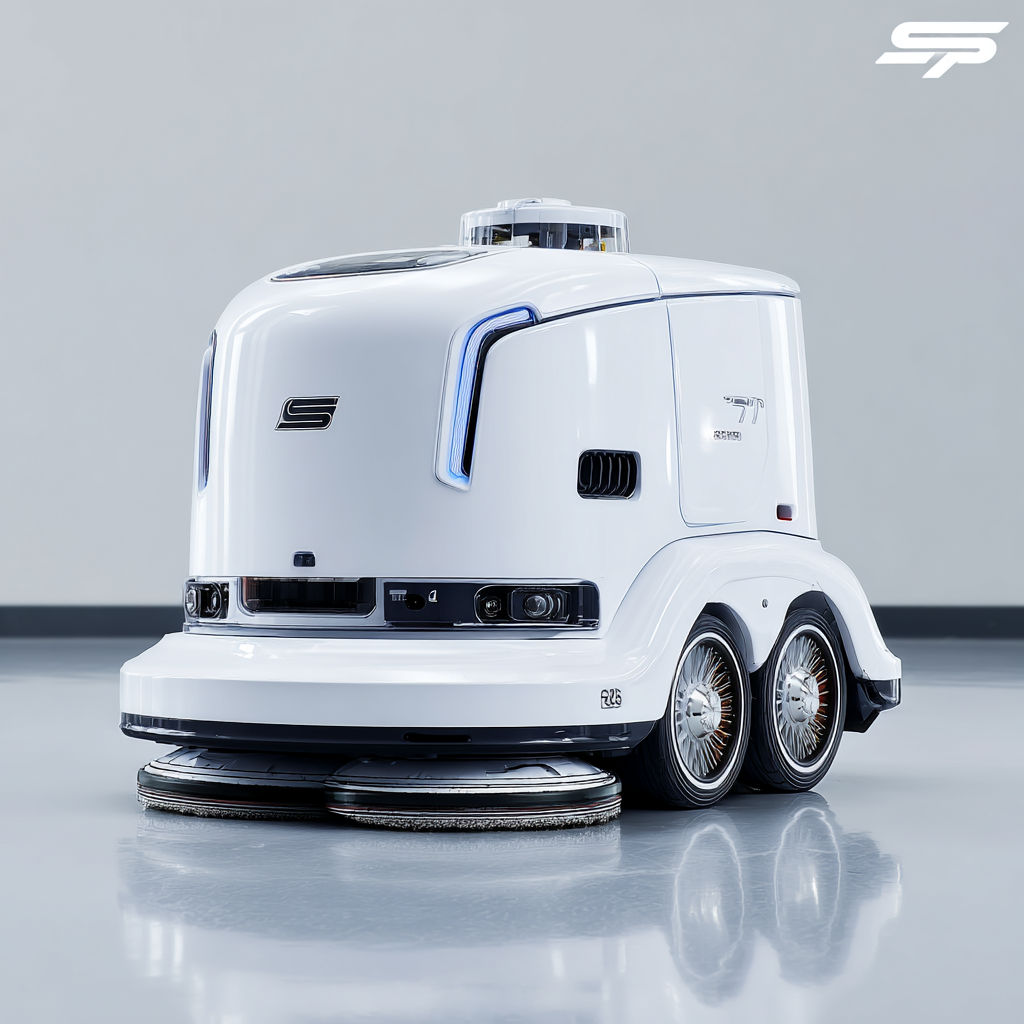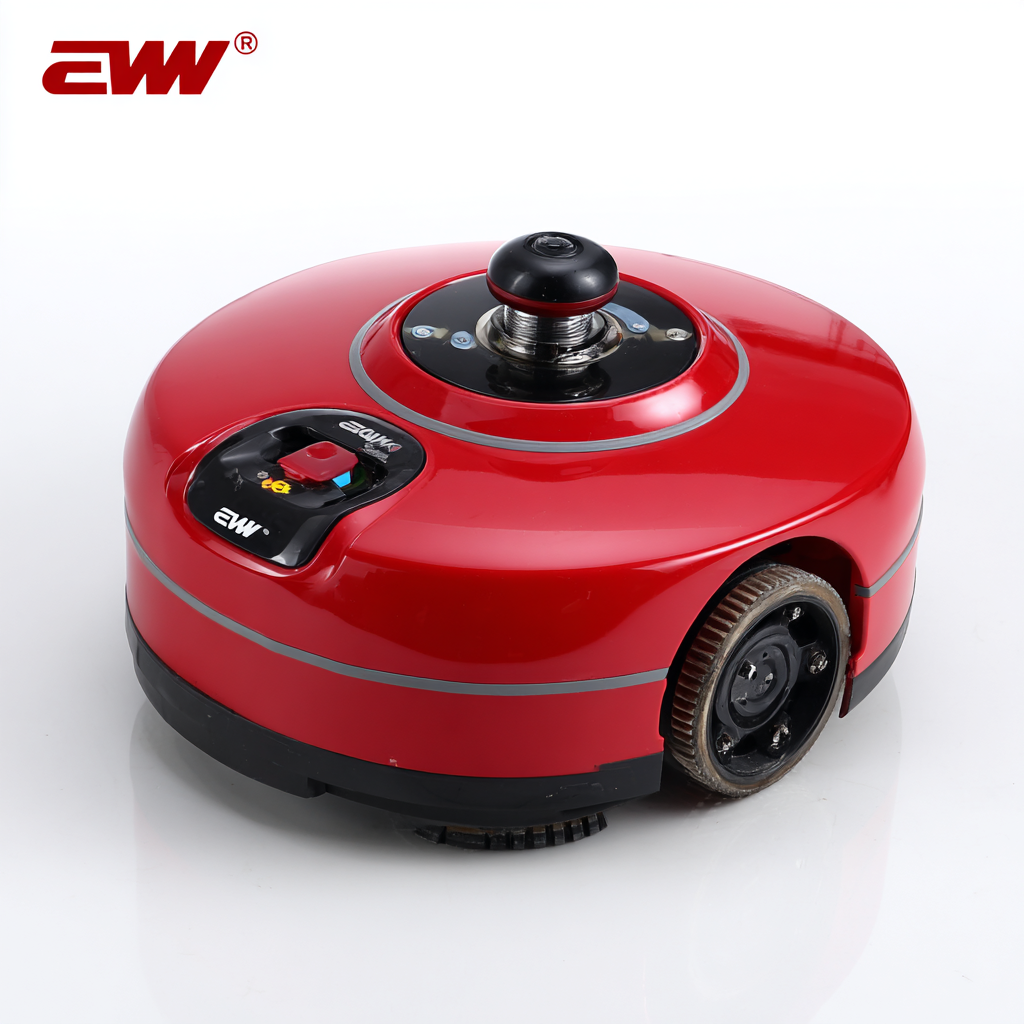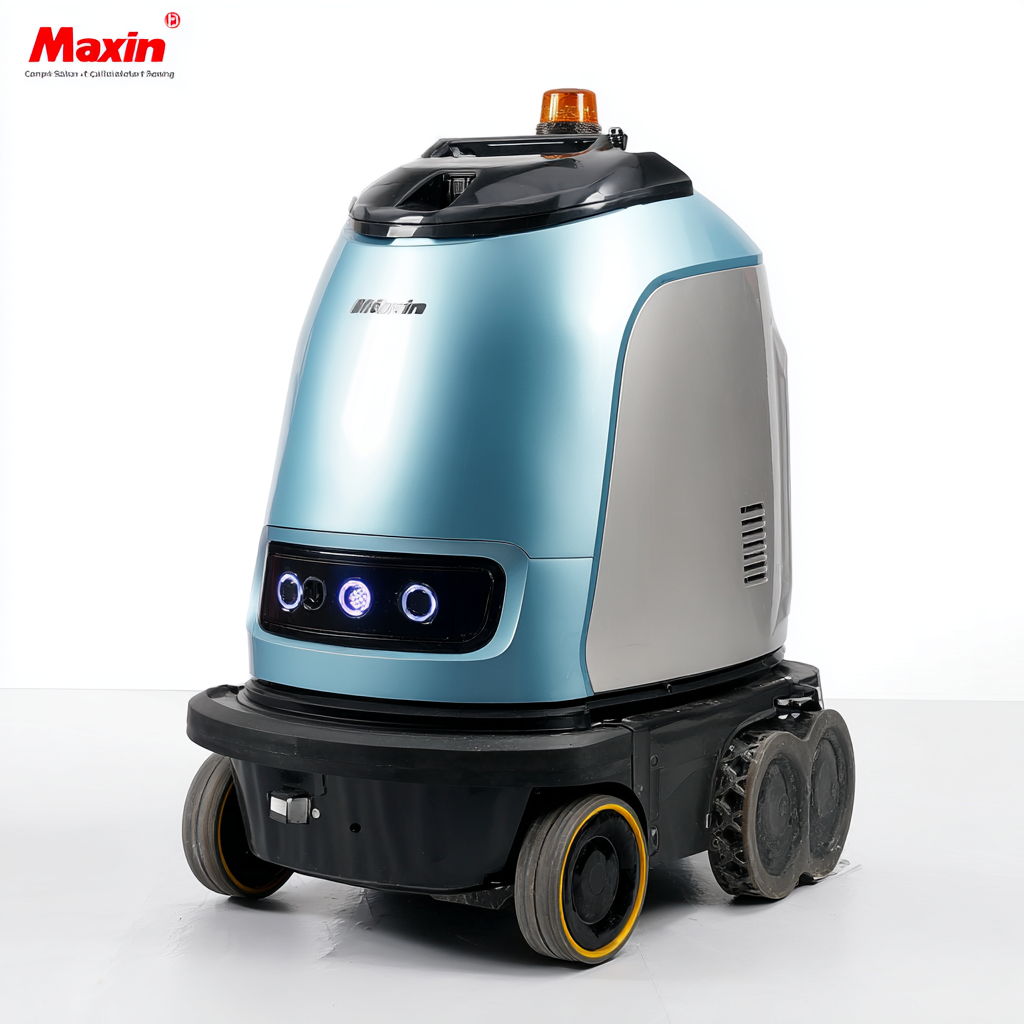Leave Your Message
As the global demand for automation in cleaning solutions rises, the Floor Scrubber Robot market has emerged as a key player in maintaining cleanliness and efficiency across various industries. According to a recent report by Technavio, the global market for robotic cleaners is expected to grow by over $2 billion between 2021 and 2025, largely driven by advancements in technology and a shift towards smart cleaning solutions.

China, a significant contributor to this growth, has crafted Floor Scrubber Robots that not only meet but often exceed international quality standards, earning respect and recognition on the global stage. This innovation reflects a broader trend wherein businesses prioritize efficiency and sustainability, thus further embedding Floor Scrubber Robots into the fabric of modern cleaning operations. With rising urbanization and an increasing emphasis on hygiene, the importance of investing in high-quality cleaning technology has never been more critical.
When exploring the various types of floor scrubber robots available in the market, it's essential to consider the advancements and innovations that have taken these cleaning devices to new heights. From basic robot mops to sophisticated scrubber models, these machines are designed to cater to a range of needs and preferences in floor maintenance. According to industry reports, the robot mop market is projected to grow significantly, reflecting a shift towards automation in home cleaning.
Recent evaluations of several floor cleaning robots have shown that consumer satisfaction hinges on their efficiency and versatility. For instance, many of the top-rated robot mops can handle various floor types, including hardwood, tiles, and even carpets. Data indicates that high-quality models can reduce cleaning time by nearly 50% compared to traditional mopping methods. Furthermore, experts have found that integrating smart technology into these scrubbers allows for better navigation and cleaning patterns, enhancing their effectiveness in maintaining spotless floors.

In 2025, the latest models are expected to incorporate features such as improved suction power and advanced sensors, which can adapt to different surfaces and cleaning challenges. With options ranging from basic models to high-end units loaded with smart capabilities, users can find a scrubber that fits their specific cleaning needs while benefiting from the growing reliance on robotics in everyday life.
Floor scrubber robots have revolutionized the cleaning industry by providing efficient solutions for maintaining clean and hygienic surfaces. These advanced machines come equipped with a variety of key features that enhance their performance. For instance, many models offer smart navigation systems, enabling them to map out their cleaning areas and avoid obstacles effectively. This ensures thorough coverage and reduces the need for manual intervention.
Another notable feature is their automated scrubbing mechanisms that adjust to different surface types, ensuring optimal cleaning results. Additionally, many floor scrubber robots are designed with eco-friendly materials and low-water usage systems, making them a sustainable choice for households and businesses alike.
**Tip:** To maximize the performance of your floor scrubber robot, schedule regular cleaning cycles based on the frequency of foot traffic in your space. This not only keeps surfaces consistently clean but also extends the lifespan of the robot.
Furthermore, take the time to maintain the filters and brushes of your floor scrubber robot. Regular maintenance helps in avoiding malfunctions and ensures that the robot operates at peak efficiency. This proactive approach allows you to get the best value from your investment in these innovative cleaning solutions.
When selecting the right floor scrubber robot for your needs, it's essential to consider the diverse use cases available in the market. For commercial spaces like warehouses and retail stores, large autonomous scrubbers equipped with advanced navigation systems excel in their efficiency. According to a report by IBISWorld, the floor cleaning industry is expected to grow to $2.5 billion by 2025, driven by the increased reliance on automation in maintaining cleanliness and hygiene standards.
In residential settings, compact and quieter scrubber robots are often preferred. These models effectively clean hardwood floors and carpets while maintaining high maneuverability in tighter spaces. A recent study by Technavio indicated that residential floor cleaning robots could witness a growth rate of 21% annually, indicating a significant shift towards automated cleaning solutions in homes.
**Tips:** When choosing a floor scrubber robot, assess the space's size and type of flooring to ensure optimal performance. Additionally, consider the robot's battery life and maintenance requirements, as these factors will directly impact your cleaning experience. Investing in models with advanced AI features can enhance cleaning efficiency and reduce operational downtime.
| Type of Floor Scrubber Robot | Ideal Use Cases | Key Features | Price Range (USD) |
|---|---|---|---|
| Automatic Floor Scrubber | Large commercial spaces, warehouses | High capacity, powerful suction, and long battery life | $2,000 - $5,000 |
| Robotic Floor Scrubber | Office buildings, retail stores | Automated navigation, compact design | $1,000 - $3,000 |
| Walk-Behind Scrubber | Schools, hospitals | High maneuverability, suited for tight spaces | $1,500 - $4,000 |
| Compact Floor Scrubber | Restaurants, small retail outlets | Lightweight, easy storage, efficient cleaning | $800 - $2,500 |
As the demand for smart home appliances rises, floor scrubber robots have emerged as a game-changer in home cleaning. With various models flooding the market, consumers are increasingly focused on performance comparisons among different brands. This has sparked interest in how Chinese manufacturers are uniting innovative technology and cost-effectiveness, compelling users around the globe to re-evaluate their cleaning options.

Notably, the efficiency of floor scrubber robots can vary significantly. Factors such as suction power, scrubbing mechanisms, and navigational technology play crucial roles in determining their effectiveness. Some models excel in maneuverability, adapting well to various surfaces and tight spaces, while others take the lead in water capacity and cleaning modes, ensuring thorough sanitation. By closely examining these characteristics, potential buyers can make informed decisions, investing in floor scrubber robots that not only meet their cleaning needs but also provide long-term reliability and value.
The future of floor scrubber robots in the cleaning industry is promising, as advancements in technology continue to reshape how we approach cleaning tasks. With the rise of artificial intelligence and smart sensors, floor scrubber robots are becoming increasingly efficient and effective. They are no longer just machines; they are capable of learning and adapting to their environments, optimizing their cleaning routines based on real-time data. This evolution ensures that facilities maintain high standards of cleanliness while minimizing labor costs and human error.
Moreover, the growing emphasis on sustainability is driving innovation in the design and functionality of these robots. Manufacturers are focusing on creating eco-friendly versions that use less water and energy, helping to reduce the overall environmental impact of cleaning operations. Additionally, the integration of smart features, such as app controls and remote monitoring, allows users to manage cleaning schedules and track performance from anywhere. As the cleaning industry embraces these innovations, floor scrubber robots will play a critical role in enhancing operational efficiency, paving the way for a cleaner and more sustainable future in commercial and industrial spaces.
